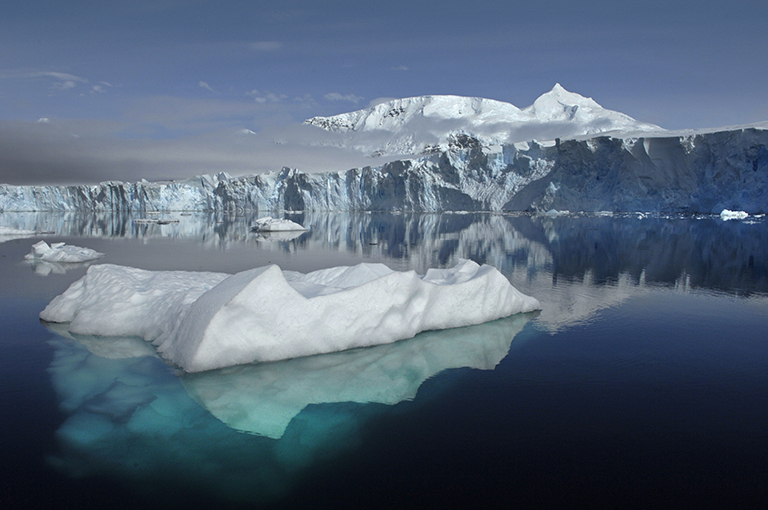New Study Challenges Conventional Notions of Little Ice Age Climate
A recent study on the Little Ice Age (LIA), a significant global climatic event spanning from CE 1671 to 1942, has revealed intriguing findings that challenge the traditional belief of a uniformly cold and dry climate with reduced monsoon rainfall during this period. The research sheds light on the previously underexplored hydro-climatic variations of the LIA.
Western Ghats: A Key Area for Study
The Western Ghats region, which experiences both the southwest summer monsoon (SWM) from June to September and the northeast winter monsoon (NEM) from October to December, played a crucial role in this study. Investigating the vegetation dynamics and corresponding hydro-climate variability in an area influenced by both SWM and NEM is vital for understanding monsoonal fluctuations during the last millennium.
Pollen-Based Analysis Unveils Moist LIA
The Birbal Sahni Institute of Palaeosciences (BSIP), an autonomous institute of the Department of Science and Technology, conducted a study involving pollen-based analysis of vegetation dynamics, contemporary climate change, and monsoonal variability in the Western Ghats, India, spanning from CE 1219 to 1942. The study’s findings challenged the conventional understanding by revealing evidence of a moist (wet) Little Ice Age.
Moist Conditions in Contrast to Dry Expectations
The research, published in the journal Catena, highlighted the presence of moist conditions during the Little Ice Age (LIA) in the Western Ghats, likely due to increased NEM influence. This moist LIA contradicts the expected dry climate associated with the period.
Driving Factors for Climate Change
The study suggested several factors that may have contributed to this climate change and increased SWM:
- Northward ITCZ Movement: The northward movement of the Inter Tropical Convergence Zone (ITCZ) could have played a role.
- Positive Temperature Anomalies: Positive temperature anomalies may have influenced climate patterns.
- Increased Sunspot Numbers and Solar Activity: High sunspot numbers and increased solar activity were also considered potential drivers.
Weakest Phase of Indian Summer Monsoon Explained
The research attributed the weakest phase of the Indian Summer Monsoon (ISM) across the Indian subcontinent during the LIA to the southward shift of the ITCZ. This shift resulted from increased northward energy flux across the equator during a colder northern hemisphere.
Implications for Climate Modeling and Policy
The high-resolution palaeoclimatic records produced by this study offer valuable insights for the development of paleoclimatic models, which can aid in predicting future climate trends more accurately. Additionally, this knowledge enhances our understanding of present ISM-influenced climatic conditions and provides insights into potential future climate trends and projections.
Month: Current Affairs - October, 2023
Category: Science & Technology Current Affairs






